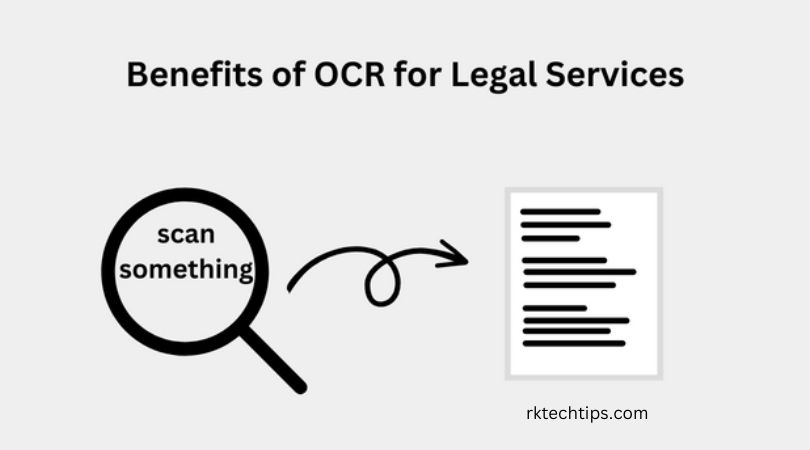Introduction to OCR
The process of optical character recognition (OCR) involves converting an image of text into a machine-readable form.
Scanning a form or receipt, for example, results in an image file being saved on your computer. Using a text editor will not allow you to edit, search, or count the words in your image file.
A text document that contains the image’s contents can be created using OCR (Optical Character Recognition).
What is the significance of OCR?
Print media is commonly used to receive information in business workflows. All of these are part of business processes, including paper forms, invoices, scanned legal documents, and printed contracts.
Maintaining and storing such large volumes of paperwork consumes a lot of time and space.
It is true that paperless document management is the way to go, but scanning the document into an image is not an easy process. Manual intervention is required, which can be tedious and time-consuming.
Digitally preserving this document content results in image files that contain the hidden text.
Word processing software cannot process text in images as it can text in documents. A solution to the problem is to use OCR technology to convert text images into text data that can be analyzed by other business software applications.
As a result, you are able to perform analytics, streamline operations, automate processes, and improve productivity by using the data.
A digital document or digital file scanned by an optical character recognition (OCR) program can be edited and searched.
You can easily extract the written content from a document or image by using Image Text Converter.
Explaining the benefits of OCR technology in steps
The benefits of OCR for legal services are many. In this article, we’ll look at the three main ones: efficiency, accuracy and errors.
Increase efficiency
- OCR is a great technology for legal services because it can be used to quickly scan through documents.
- OCR can be used to quickly find relevant information using keywords.
- For example, if you want to find information about the topic of your case or client matter, you can use the keyword search tool on an OCR-enabled program like DocScanner and immediately get results that match those terms!
Improve accuracy
OCR software can be used to check for errors in documents. It’s important to have a system that is able to extract text from your documents, but it’s also important that the extracted text is accurate and reliable.
OCR software is designed to do exactly this: extract text from a document and present it back as an image or file.
If there are any errors in the extraction process, they will show up as red spots on these images or files which makes them easy for legal professionals (and their clients) to review before proceeding with further work on those documents.
Reduce errors
OCR is used to identify and correct errors made by humans when entering data. It’s not just about making sure that your legal team enters the right information into a system, it can also be used to check the accuracy of the information in a database.
For example, imagine you have an employee who has been working on a case for several months but still hasn’t completed all the necessary tasks required by their job description or contract – this could be due to a lack of experience or other reasons.
If there are errors in those documents (because they weren’t checked before being signed off), then those issues will become apparent after
they come back into contact with each other again later down the line when trying to navigate through all their documents together again.
Importance of OCR in daily life
OCR is an important skill for legal professionals and everyone else who works with paper documents.
It’s a useful tool that can be used to extract information from a document in seconds, without having to spend hours manually searching through pages or retyping everything by hand.
This guide covers how OCR works, how it can help you do your job more efficiently, and what steps you should take before using it on any given case file.
Conclusion
OCR is an essential skill for all legal assistants, whether you’re a paralegal or just starting out. It can help you increase your efficiency and accuracy, as well as reduce errors in case records.
OCR is an important tool for any legal office, but it’s especially crucial for those who work with paper documents because it allows them to do much more than just scanning documents before storing them away safely on their computer system.
OCR makes it possible for legal assistants to convert text information into digital form—and therefore make sure that everyone involved in the process has access to everything they need when they need it at any given time!













